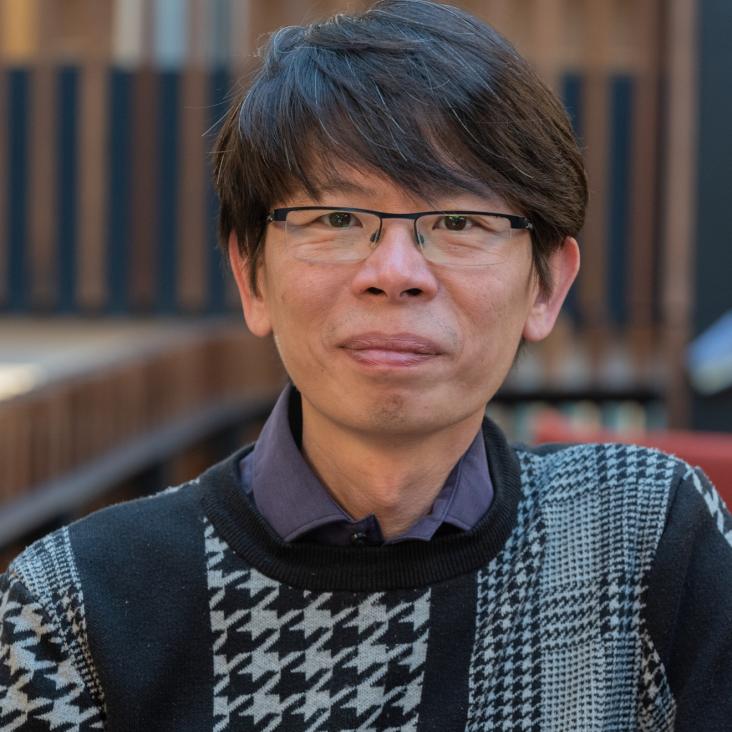Experimental characterisation of titanium nitride transmission lines for applications as kinetic inductance travelling wave parametric amplifiers
32nd International Symposium of Space Terahertz Technology, ISSTT 2022 (2022)
Abstract:
Travelling wave parametric amplifiers (TWPAs) made from highly nonlinear reactive superconducting thin films have been demonstrated to be a potentially viable quantum-noise-limited amplifier technology for various fundamental physics platforms, including microwave/mm/sub-mm astronomy, dark matter search experiments, neutrino mass experiments and qubit readout. To date, only a limited number of successful kinetic inductance TWPA devices have been reported, with the majority fabricated from the same material, niobium titanium nitride (NbTiN), although in principle any highly nonlinear superconducting film can be used for kinetic inductance TWPA fabrication. Here, we present a detailed analysis of titanium nitride (TiN) transmission lines, to ascertain their suitability for use as kinetic inductance TWPAs. We will experimentally characterise our transmission line structures at cryogenic temperatures and compare the results with electromagnetic simulations. This characterisation and analysis would allow us to understand the advantages and limitations of TiN films, and whether they are suitable for applications as kinetic inductance TWPAs.Preliminary Characterisation of a Compact 240 GHz SIS Dual-Polarisation Receiver for Large Array Applications
32nd International Symposium of Space Terahertz Technology, ISSTT 2022 (2022)
Abstract:
We report the development of an on-chip, compact dual-polarisation Superconductor-Insulator-Superconductor (SIS) receiver covering the millimetre frequency band from 190 GHz to 290 GHz. All the required components for the receiver are integrated on-chip using planar circuit technology, except the feedhorn. We use a 4-probe orthomode transducer (OMT) to couple the radio frequency (RF) and local oscillator (LO) and to split the incoming signal into two RF polarisation states before they are routed to the twin junction Nb/A10x/Nb mixers via a planar crossover, branch-line hybrids and bandpass filters. The entire receiver chip, only 4.0 mm by 4.1mm in size, is mounted in a split block where the feedhorn and the magnetic biasing are located on the front side, and the intermediate frequency (IF) and DC biasing connectors are on the rear side, leaving the four adjacent sides of the block unobscured for a 2-dimensional extension into a multi-pixel array. In this paper, we present the receiver and mixer block design and preliminary experimental results obtained from testing the receiver.Optimising the design of a broadband Josephson junction TWPA for axion dark matter search experiments
SPIE. 11881 (2021)
The far-infrared spectroscopic surveyor (FIRSS)
Experimental Astronomy Springer Nature 51:3 (2021) 699-728
Characterising the effective temperature of hybrid tunnel junctions in THz SIS mixers
National Radio Astronomy Observatory (2021)


